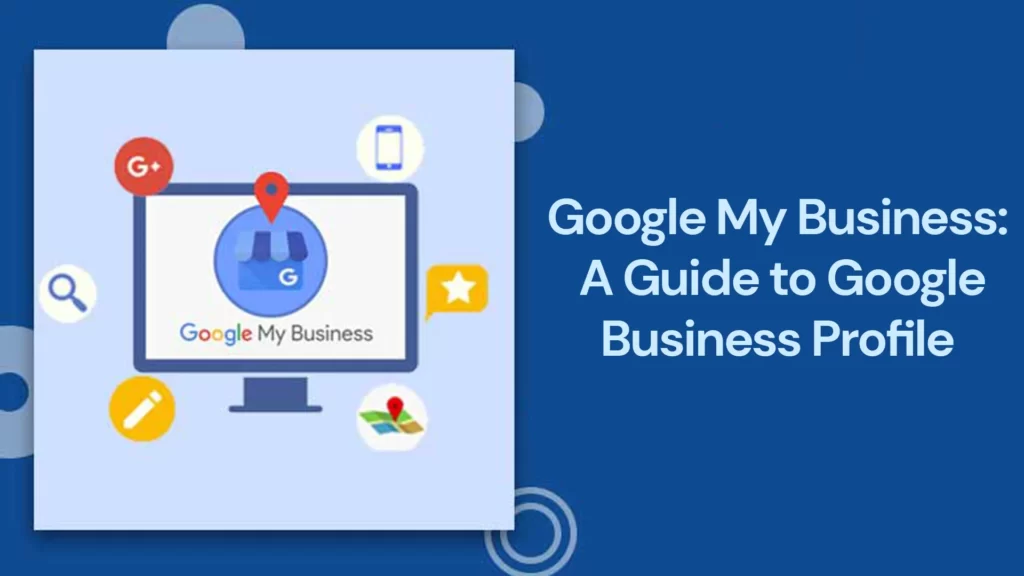Believe it or not, when running online businesses, it is often hard to avoid the updates that search engines bring forth in their algorithms. Google, in its operations for over two decades, has time and again unveiled its core updates that provide a major shakeup in how websites rank and how those appear in search results.
Google’s core updates may be compared to the chief enchantments, which are performed to achieve phenomenal and incredibly high results in a search. These changes occur at least twice, if not more, in a year, and turn the tables for websites that are out there vying for an online space.
Everyone related to SEO got into a state of anarchy when the March 2024 update rolled into the digital space. Most of the digital marketers immediately got thrilled and eager to know more about it as to what it would be for them.
This article will look closely at Google’s latest core update, discuss its impact, and give practical tips to help marketers succeed in this changing world of search engines. Without further ado, let’s dig in and uncover all the details.
What’s new in the March 2024 Core Update?
Google’s Core Update, set in March 2024, introduces a radical change in how the search engines assess and rank websites. This update is even more extensive than all preceding core updates, as it endeavors to make search results better and to filter out low-quality content in terms of copy and paste and useless material by as much as 40%.
The main theme of this update, as before, is the perfecting of the ranking algorithm of Google to provide only the most useful and needed information while reducing the amount of spam. This recent update is to fight all manipulative actions to enhance the quality of the results also shown by Google.
- Updated spam policies
The changes and updates in spam policies that were presented in the core update released in March 2024 are essential to marketing specialists who do not want to be penalized by search engines. These spammy policies are practiced to address many problems related to content quality, domain usage, link abuse, hacked material, keyword repetition, concealed text and links, and many other black-hat approaches.
- Enhanced Content Crawling and Indexing Strategies
Such policies have not only eradicated unethical SEO practices adopted by marketers but also the efforts to manage unhelpful pages on SERPs with poor structure and content. However, those pages also tend to favor search engines’ satisfaction more than users’ needs and expectations.
The update was designed to help show the freshest and most important content that is completely in line with the aim of satisfying the searcher. Conceived as a practice that concentrates on the needs of the users rather than the requirements of the search engines, this move aims at improving the quality of the search results.
The Impact of the Core Update on Search Rankings and Page Indexing
This is a recent update that has affected many sites; therefore, case studies that show the effects of the core update in March 2024 can be useful in ascertaining the results of this update.
Certain steps and observations can be made when looking into de-indexing cases and shifts in search result positioning based on the update’s aftermath for marketers. According to some works, this core update included the de-indexing of thousands of websites that lost millions of organic search visits.
This traffic loss has left those managing the different websites that have been negatively affected devastated.
- De-indexing Case Studies
Therefore, one can assume that Google has always been focused on such factors as relevance, detail, and usefulness to the target audience. Most of the sites that were pulled out and delisted centered on thin content, often potentially duplicate content with no originality or opinions.
The websites, which are concentrated mostly on keywords rather than on the opportunities that can make Internet users’ experiences better, risk having their sites penalized too.
- Quality Content’s New Advantage
Quality content is now one of the requirements any website should meet to be categorized. This is an area that reveals how this core update affects some small AI content sites. Algorithms used by Google for determining AI-based content are improving day by day, which hits small sites as well.
At the same time, it also implies that when the content is quality, it can challenge ranking and establish credibility according to Google. In this competitive race, websites that offer Google users genuine content are normally presented with great results if the content presented is original, informative, and, most importantly, a value addition.
How to Adapt Your SEO and Content Strategy
Should it become possible to adjust SEO and content strategies to the new criteria of Google, it will be easier to maintain the competitiveness of search rankings. That is why concentrating on E-E-A-T is crucial.
E-E-A-T covers experience, expertise, authoritativeness, and trustworthiness; this passed the search rate guidelines. However, how can one apply E-E-A-T in regards to Google’s latest core update of May 2020? Keep reading ahead.
Aligning with New Spam Policies
- Improve website authority and backlink profile: It is the process of making changes that would help to improve the backlink profile, and this involves engaging other websites of authority. This will include interacting with stakeholders, providing useful contributions, and being trusted within the industry.
- Craft compelling content that naturally attracts backlinks: The outcome needs to generate large volumes of well-written, on-topic material that the natural process can add backlinks from high-traffic, authoritative sources.
- Disavowing spammy backlinks and low-quality links: This is very important when it comes to the matter of linking profiles; that is integrity.
Producing high-quality content
Producing quality content is critical in this type of company and for the sustenance of Google Core updates. Some tips to help create quality content are as follows:
- Having expert opinions improves the gathering of valuable information in the content area and provides value to the readers with input that cannot be acquired elsewhere. One should exclude data that does not contain new information as per the expectations of the audience.
- Optimizing content for featured snippets: organizing data to pertain to the typical request from the users improves the likelihood of being displayed in the snippets’ list.
- Adapting academic content: When constructing the academic content to be used to disseminate information to a wide audience, there is always the problem of describing more of the content to be put across in an easy-to-understand manner.
- Highlighting pain points: If one digs deeper into them, the website viewers will be in a position to appreciate the obstacles they are likely to encounter and how precisely they can handle them.
Enhancing technical SEO
That is why the question of improved technical SEO has to be addressed when developing a new SEO strategy that meets the requirements of the new rules. Here are some important things to take care of:
- Conduct a website audit: Conduct an assessment to know if there are any deficiencies and potential aspects that have to be enhanced for website fabrication and page efficiency and subsequently augment the overall website efficiency.
- Avoid keyword stuffing: keyword stuffing does not prove healthy for your articles, making them look spammy and less credible as a result, not to mention the fact that this attracts penalties from search engines.
- Ensure a user-friendly site experience: Having a site with a clean and well-organized UX is important to keep traffic on the site and usage up. Seven of them are as follows: maximizing the site speed, increasing mobile friendliness, and making it easy to navigate through the sites to increase the satisfaction level.
- Optimize title and meta descriptions: Optimizing and crafting proper titles and meta descriptions can always make a huge difference to click-through rates and organic traffic.
- Improve page speed: shrink down the image and files, and limit the use of plugins or scripts that add to the slower site speed of the website.




